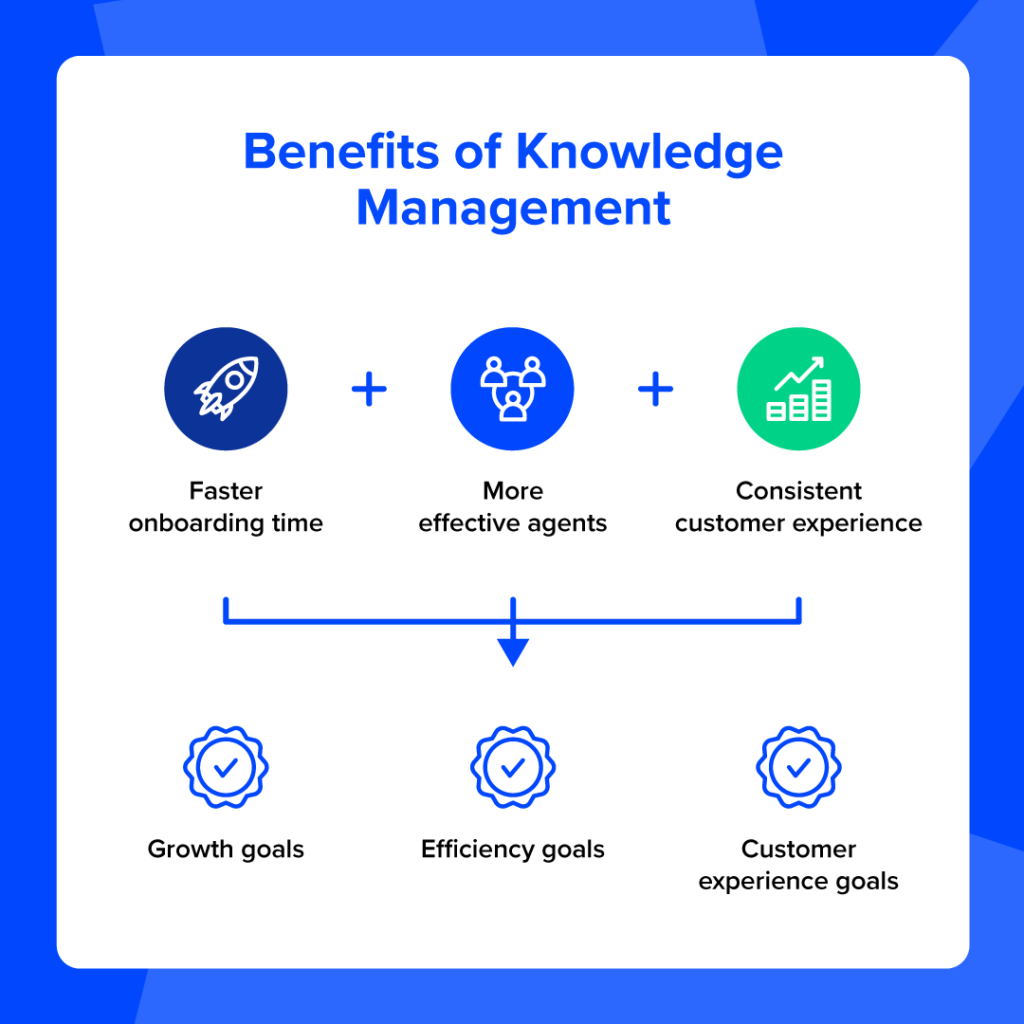As we enter 2022, employee experience and empowerment is on the mind of banking executives. Staff shortages, increased service levels, onboarding new hires, training on new technology and systems, work from home challenges – this is one topic that is not going away anytime soon.
What if one of the top challenges with your employee experience was something never considered: knowledge management?
Knowledge management is not something you notice when it’s working, and more importantly, it’s not something you suspect when you have issues – inconsistency across channels and staff, long onboarding times, and missed service levels. Most assume these issues are related to training.
Now put yourself in the shoes of your frontline staff, dealing directly with customers, and asked to remember thousands of complicated policies and procedures. Would they ask for more training, or access to information at their fingertips?
Not sure if you organization has a knowledge management issue? Here are 4 common symptoms:
Symptom #1: Staff can’t easily find information
Information is everywhere and nowhere, forcing your employees to rely on co-workers, SMEs, and managers for simple answers.
What it looks like at your financial institution:
- Information lives multiple places (SharePoint, intranet, file server, binders etc.)
- Multiple versions of the same policy or procedure exist, including old, out-of-date documents
- Employees are forced to ask co-workers, SMEs, and managers basic questions over and over
- High rate of call transfers to other employees and departments
What it sounds like:
“Branch staff would always come to me asking questions about procedures because they weren’t able to locate it on SharePoint, and if they did – it may have been an outdated version.”
Symptom #2: Inconsistent answers between channels, branches, and employees
Answers vary between channels, branches, and employees, forcing customers to call or come back about the same issue.
What it looks like at your financial institution:
- Each department and branch have their own process for managing and accessing knowledge
- Employees use old, out-of-date policies and procedures
- Customers aren’t giving consistent, confident answers across channels
- Decrease in first contact resolution metrics
What it sounds like:
“I look on the website and can’t find the answer. I call the contact center and they can’t help. I visit the branch and they call the contact center. Seriously?”
Symptom #3: Long new hire onboarding process
It takes months to get new hires up-to-speed and effective, creating employee and customer frustrations
What it looks like at your financial institution:
- New hires are forced to rely on teammates and managers for basic information
- Overwhelmed new employees not able to be effective upon completion of training programs
- High turnover in the first year of new employees
- Customers forced to be put on hold, transferred or given inconsistent answers
What it sounds like:
“Our information was all over the place. If you were a new employee, you had to spend a lot of time just figuring out where to find the information needed to do your job.”
Symptom #4: Decreasing service levels
increased handle times, low first-contact resolution rates, and high abandonment rates creating customer experience issues
What it looks like at your financial institution:
- Increased handle times caused by employees unable to find basic information
- Overwhelmed employees forced to rush to the next customer inquiry
- Frustrated customers forced to wait and call back multiple times
- Falling NPS and CSTAT scores
What it sounds like:
“With all that is going on (staff turnover, increase in technology calls, etc.), we’ve experienced significant increase in handle time, which has caused our service level to drop because staff can’t handle the same number of calls they were handling in the past.”
The Impact:
Think knowledge management doesn’t matter? It impacts not only the customer experience, but your institutions productivity and efficiency goals:
- Poor customer experience
- Missed upsell opportunities
- Employee experience issues

Do your employees have the right answers, every time? Take our easy-to-use 10-step assessment to see how big a problem knowledge management is at your institution.

